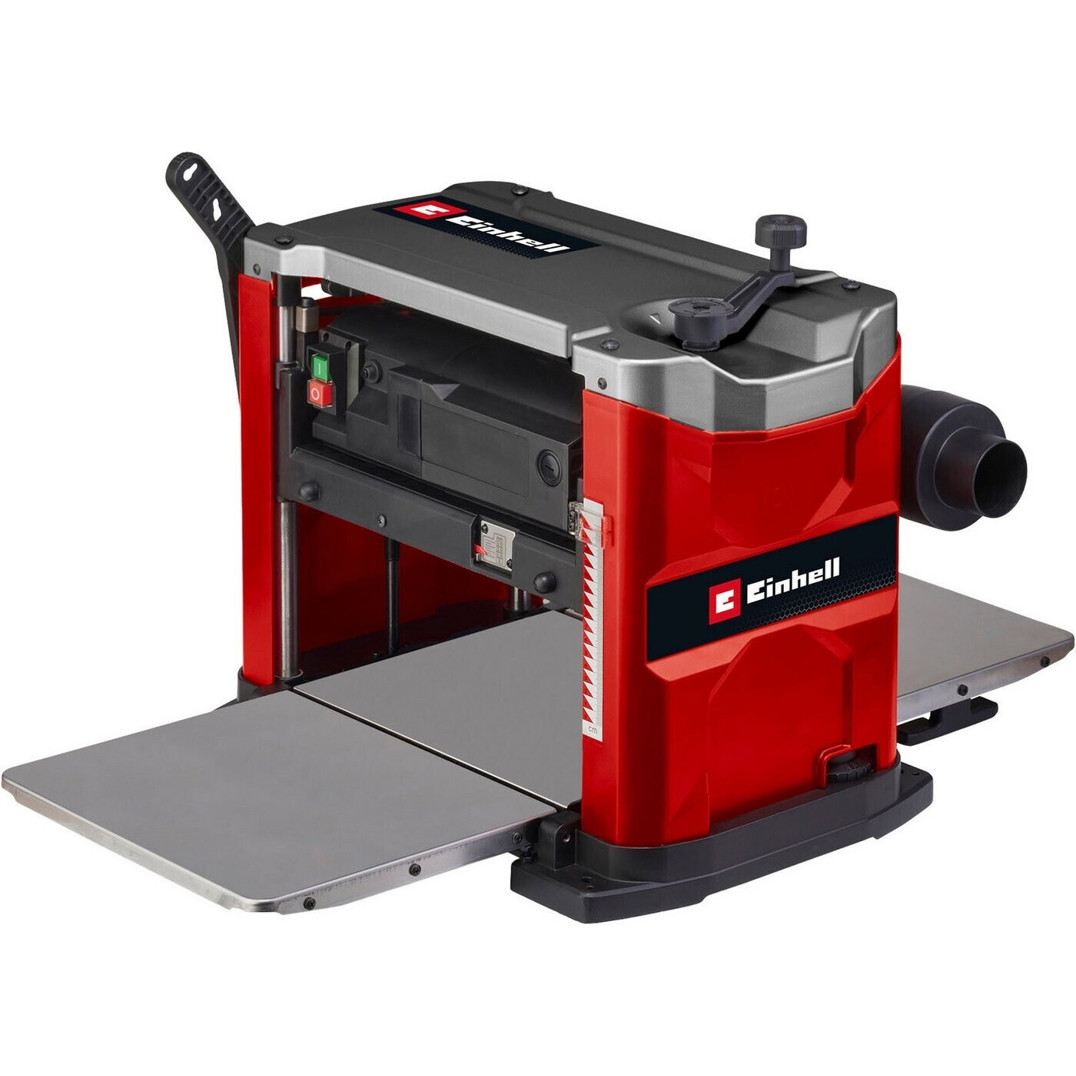
Akku Werkzeug Set Angebot
Add a review FollowOverview
-
Founded Date April 20, 1917
-
Posted Projects 0
-
Viewed 7
Company Description
10 Things You Learned From Kindergarden That Will Help You Get Buy A Jointer Machine
The Essential Guide to Buying a Jointer Machine
When starting any woodworking task, accomplishing flat, smooth boards is vital. A jointer machine is a powerful tool that helps to achieve this job. For woodworking lovers and professionals alike, understanding what a jointer machine is, how it works, and the crucial factors to think about when purchasing one can significantly boost your woodworking experience.
What is a Jointer Machine?
A jointer machine is a woodworking tool that smoothens, flattens, and corrects the alignment of the edges and faces of lumber. It includes a flat table, a spinning cutter head with numerous sharp blades, and a fence that guides the board through the cutting procedure. By removing material from the surface of the wood, a jointer brings it down to an even thickness and produces a straight edge, which is vital for joinery in furniture-making and kitchen cabinetry.

Advantages of Using a Jointer Machine
| Advantage | Description |
|---|---|
| Precision Cutting | Produces flat and straight surfaces for tighter joints. |
| Product Preparation | Prepares wood for further machining procedures like planing. |
| Time Efficiency | Speeds up the preparation of lumber compared to hand tools. |
| Versatility | Can be used for numerous kinds of wood and joinery jobs. |
Types of Jointer Machines
When considering the purchase of a jointer machine, it’s necessary to know the various types readily available on the market:
-
Benchtop Jointers
- Description: Compact and light-weight, these are ideal for enthusiasts with minimal area.
- Pros: Affordable, portable, simple to shop.
- Cons: Smaller cutting capacity.
-
Floor-Standing Jointers
- Description: Larger and more powerful, ideal for professional woodworkers.
- Pros: Greater stability, bigger cutting capability, Trivox Versand and more robust motors.
- Cons: Higher cost, requires more shop area.
-
Spindle Jointers
- Description: These makers have a spindle-mounted cutter head to produce various profiles on the edges of wood.
- Pros: Versatile for edge profiling.
- Cons: More complex and expensive than conventional jointers.
Key Considerations When Buying a Jointer Machine
Choosing the best jointer machine for your workshop can be tough, particularly with such a variety of alternatives available. Here are the important elements to think about:
| Factor | Description |
|---|---|
| Size and Portability | Consider your workspace; pick a size that fits conveniently. |
| Cutting Width | Assess the maximum width of wood you will deal with. |
| Table Length | Longer tables supply better support for longer boards. |
| Motor Power | Greater horsepower suggests the machine can manage more difficult woods. |
| Cutter Head Configuration | Look for adjustable cutter heads for flexible cuts. |
| Price | Budget considerations differ commonly; balance cost with functions required. |
| Brand name Reputation | Research study brand names to ensure reliability, resilience, and customer support. |
| Service warranty and Support | Consider the guarantee duration and the accessibility of customer care. |
Where to Buy a Jointer Machine
When searching to purchase a jointer, several opportunities are available:
-
Local Hardware Stores
- Great for instant purchases and hands-on experience with the tools.
-
Specialized Woodworking Stores
- Frequently have educated staff who can help you find the ideal machine.
-
Online Retailers
- Websites such as Amazon, Woodcraft, or Rockler offer a broad selection, often with customer evaluations.
-
Second-Hand Market
- Examine platforms such as Craigslist or Facebook Marketplace for used devices at a lower price.
Often Asked Questions
What size jointer should I buy?
The size of the jointer machine mostly depends on the type of tasks you prepare to undertake. For many home woodworkers, a jointer with a cutting width of 6 to 8 inches suffices. However, specialists might need jointers with larger alternatives.
Can I use a jointer on wood?
Yes, jointers are designed to deal with both softwoods and hardwoods. If utilizing dense woods, ensure the machine has an appropriate motor size for effective cutting.
How often should I alter the knives on a jointer?
It is a good idea to check the condition of the knives frequently. For many jobs, a change is needed after every 10-15 hours of usage, depending on the kind of wood and surface quality you expect.
Is a jointer the exact same as a planer?
No, a jointer is primarily used to flatten and align boards, while a planer brings wood down to a consistent thickness across its entire surface. Both tools are typically utilized in combination to prepare lumber for jobs.
Can I do edge jointing with a smaller sized jointer?
Yes, a smaller benchtop jointer can still carry out edge jointing effectively. However, accomplishing a perfectly flat edge might require more passes, particularly with wider boards.
A jointer machine is a vital tool for any woodworker intending to produce quality results. By understanding the different types of jointers, key acquiring elements, and the associated advantages, one can invest sensibly in this important piece of equipment. Ultimately, buying a jointer not just enhances effectiveness however likewise significantly improves the overall quality of woodworking jobs, making it a worthwhile addition to any workshop.
As you browse different options, show on your current and future woodworking needs to choose the jointer that finest meets those requirements. Pleased woodworking!
